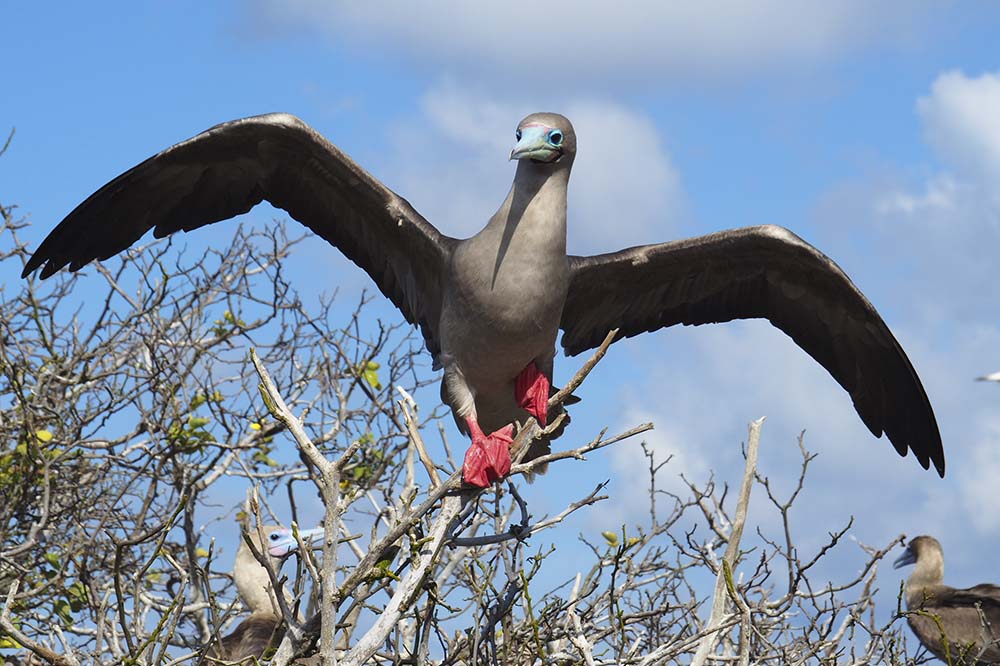The hightlight of this itinerary is Genovesa Island and the possibility of walking to the cliff at El Barranco, observing thousands of sea birds fluttering around. Of course this obvious Red Footed Booby is ever present. Darwin bay offers great encounters with sea birds and top class snorkeling
Day 1 (Friday) : Baltra Airport & North Seymour
AM: FLIGHT TO GALAPAGOS
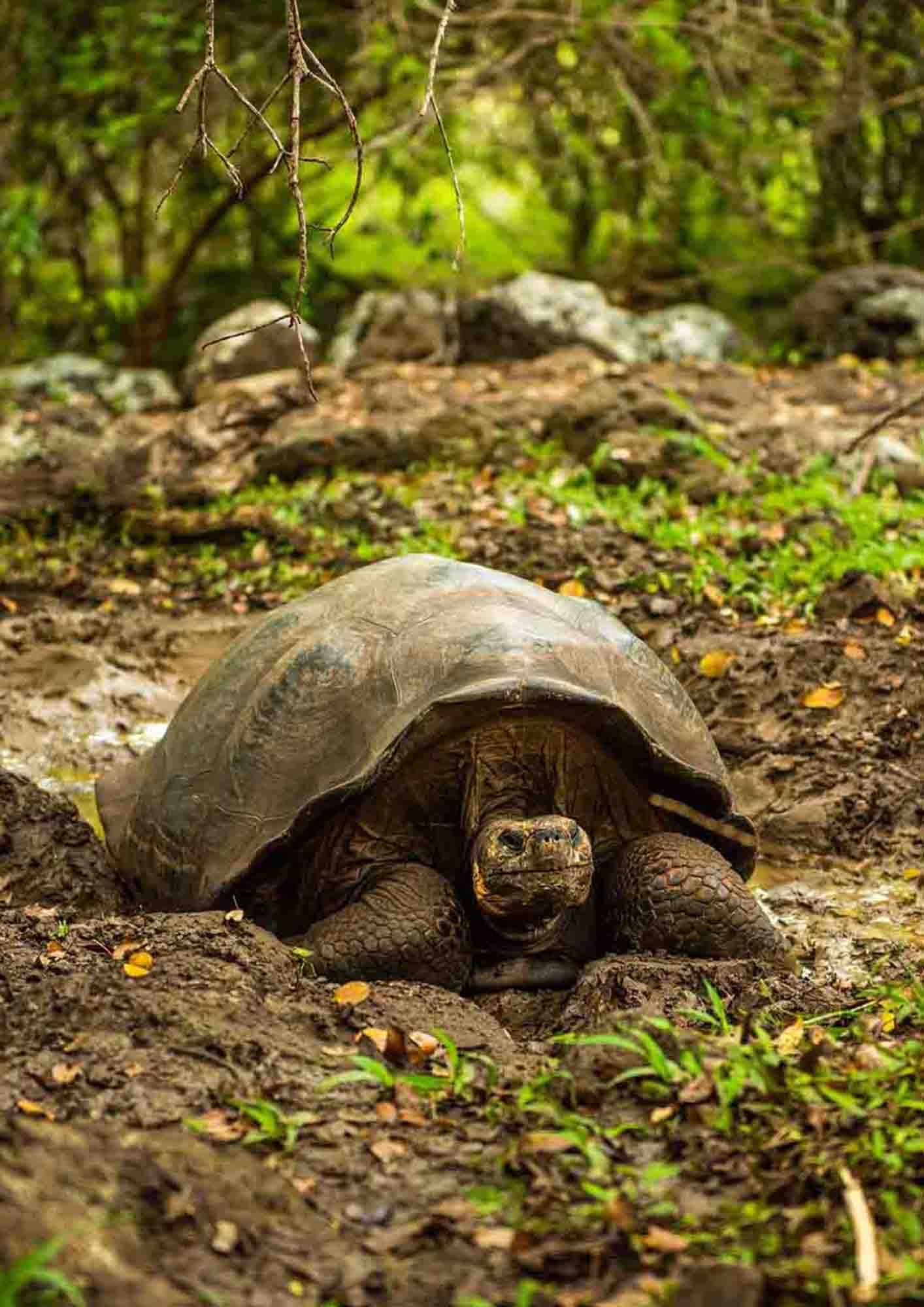
Photo: Rainforest Cruises
This day you will fly to the Galapagos Island. Due to the Galapagos Government, a fee of 20 USD must be paid for the migration control card.
Once in Santa Cruz, passengers must go through an inspection point at the airport to make sure that no foreign plants or animals are being introduced to the archipelago. Also, this inspection point is where passengers have to pay for the entrance to the Galapagos National Park under the following parameters:
Passengers Foreigners $100 and Children $50 (under 12 years old).
Later on, your guide will pick you, and will carry your luggage to the bus. Passengers will arrive to the Catamaran Seaman Journey on a motorized boat called panga.
PM: NORTH SEYMOUR
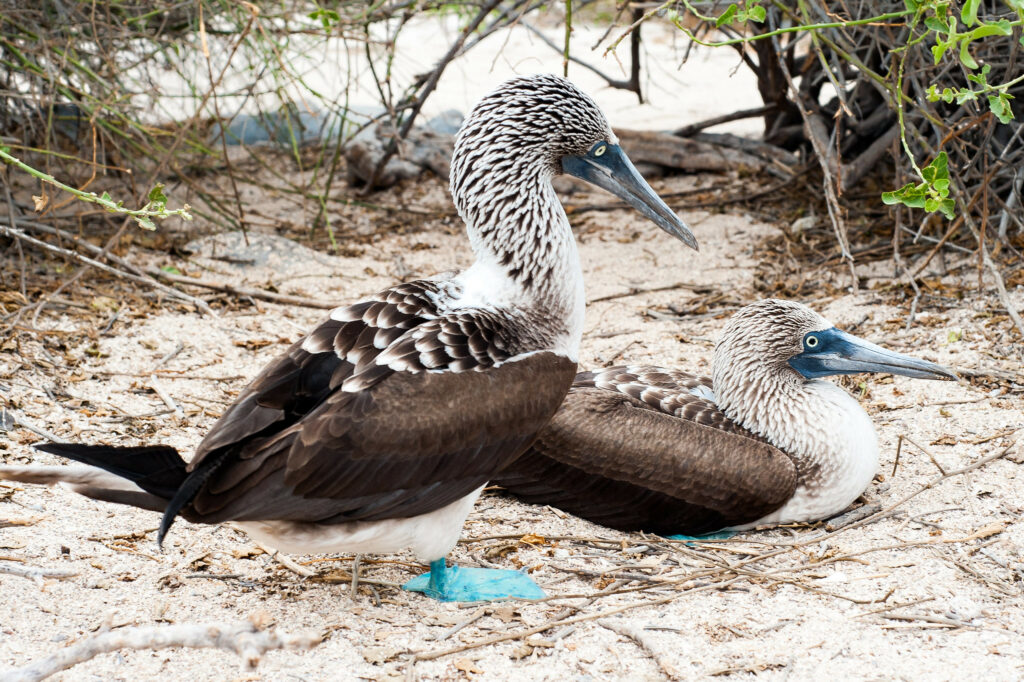
© Latin Trails
North Seymour is an uplifted (as opposed to volcanic) island. Therefore, it is generally flat and strewn with boulders. There are good nesting sites here for a large population of magnificent frigate birds. Blue-footed boobies perform their courtship dance in the more open areas and swallow-tailed gulls perch on the cliff edges.
Despite the tremendous surf that can pound the outer shore, sea lions haul out onto the beach and can be found bodysurfing.
Day 2 (Saturday) : Genovesa Island - El Barranco & Darwin Bay
AM: GENOVESA, ISLAND EL BARRANCO – THE CLIFF

Photo: CampPhoto
The visitor site of El Barranco is located in the southern part of Darwin Bay from Genovesa Island. The trail is on volcanic rock, consists of 1.5 km and can be done in about 2 hours. The youngest area of the island, from a geological point of view, lies on this area.
The cliff is located in the south, are composed of very fragile lava. The natural erosion in these lava flows has become the ideal place for nesting Storm Petrels. You can see two species of petrels that nest in cavities and holes in the lava.
One of its main predators is the short-eared owl. The red-footed booby nests only in the outer islands of the archipelago, Punta Pitt, Gardner (Floreana), Wolf, Darwin and Genovesa. Also, present on this island is the masked booby. During the “panga rides” along the cliffs, fur sea lions and several species of seabirds can be seen.
PM: DARWIN BAY
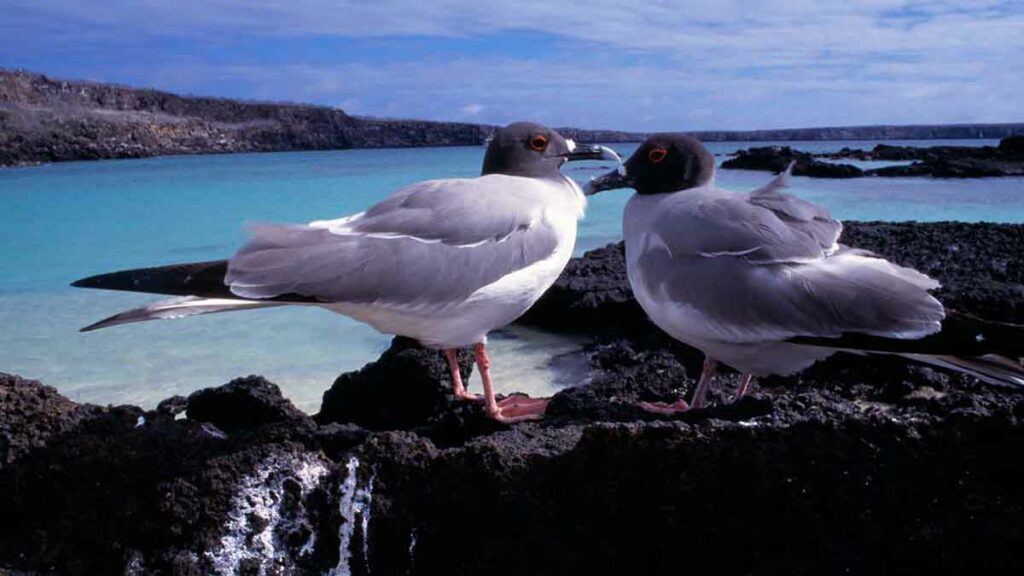
Photo: rick734’s
This bay has its origin when the crater of this island collapsed below sea level. The wet landing is on a beautiful white coral sandy beach. This is a favorite island for birdwatchers that allow the following species to be seen: red footed-booby, masked boobies, wandering tattlers, lava gulls, whimbrels, yellow-crowned, and black-crowned lava herons, and yellow warblers.
Continuing on the trail, visitors climb gradually to the edge of the cliff seeing Red-Foots nesting in the Mangrove trees below. Birdwatching includes sightings of sharp-beaked finches, large cactus and ground finches, Galapagos doves, and swallow-tailed gulls. Reaching the end of the trail, at the cliff’s edge an incredible view of the island and the many birds living there can be observed.
Day 3 (Sunday) : South Plazas & Santa Fe
AM: PLAZAS, SANTA CRUZ

© Latin Trails
Plazas is located at the east of Santa Cruz Island, and forms part of two islands known as Islas Plazas. Despite its small size, some of the most interesting and outstanding species of the Galapagos are found here. The Plazas land iguanas are smaller than its relatives found at other islands.
Throughout the island are several hybrid iguanas, a result of crossing a male marine iguana and a female land iguana, they are unique, recognizable at first glance by their black/gray color, with a land iguana’s crest, but face and tail of the marine iguana. The big population of iguanas is due to the presence of tunas, their favorite food. Swallow tailed gulls nesting in the rugged cliffs are seen along with other seabirds as: Audubon shearwaters, red-billed tropicbirds, frigate birds, and brown pelicans.
PM: SANTA FE
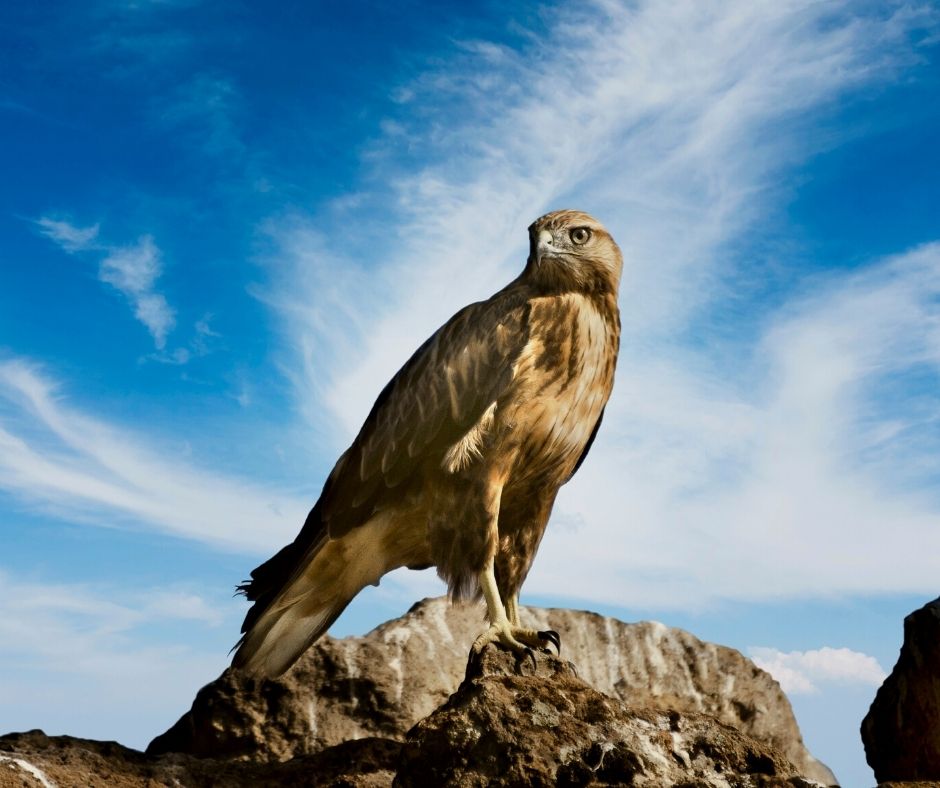
Photo: Bilgehan Tuzcu
Located in the southeastern part of the Galapagos, this island was formed from an uplift instead of a volcanic origin, this is why it is mostly flat. There are some theories which assure this could be the oldest island in the Archipelago. Santa Fe is the home of a number of endemic species like the Galapagos hawk, Galapagos snake, Galapagos mockingbird, rice rats, and one of the two species of land Iguanas of the islands.
After disembarking in the beautiful and clear waters you will be in contact with one of the many sea lion colonies. Along the trail many salt bushes can be seen as well giant Prickly pear cactus: gigantism is a characteristic of oceanic islands. There are great possibilities of snorkeling with playful sea lions and tropical fish.
Day 4 (Monday) : San Cristobal Island - Jacinto Gordillo Breeding Center & San Cristobal Airport
AM: SAN CRISTOBAL, Jacinto Gordillo Breeding Center

© Latin Trails
In 2004 the Breeding and Rearing Center for young tortoises Jacinto Gordillo, named after a famous settler, was located in Cerro Colorado, San Cristobal Island, in order to take care of young tortoises. In 2008 an assisted reproduction program started on the island due to the birth of a little turtle in captivity. All of this will be learnt at the Jacinto Breeding Center.
One can not only learn about breeding processes but as well get engaged and experience why this breeding centre does what it does.
After the morning excursion you will be taken to the airport for your flight to the mainland.


